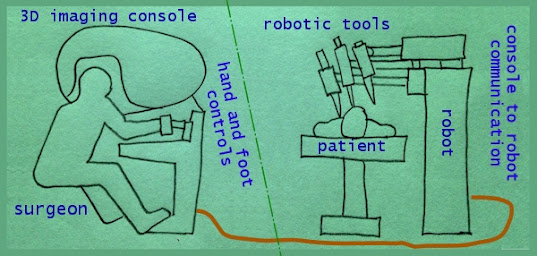Not all of these electric Smart Cars come with a highly-skilled driver like the one you see here, but they are all fun, whether you drive or are driven. Okay, we do have some quibbles that I will address in a moment, but basically this is a great service and the car is very impressive.
If I have to run errands involving more miles than I feel like walking then I often choose a Car2Go over our trusty old BMW 323. The iPhone app makes it very easy to locate nearby cars and reserve them.
At first, I tended to avoid Car2Go trips involving freeway miles, then my wife (the highly-skilled driver behind the wheel in the photo above) found the boost switch. You activate it with an extra push on the gas pedal when accelerating and it really helps with highway on-ramps and overtaking.
Of course, like all electric vehicles, the Car2Go can tap maximum torque at zero rpm, so it is always ready to leap off the line at the lights (great way to elicit gob-smacked looks from drivers of big sedans and hot hatches).
As for handling, the word is nimble. You can turn corners and cut U-turns where no other car would dare. I should point out that the ride is a little on the rough side over city streets, but most of the trips that I take in a Car2Go are too short for this to matter. The highway ride is acceptable. I did chat recently with someone who had ridden in her daughter's regular, bought-from-a-dealer, gasoline-powered Smart Car. She reported that it also had a somewhat rough ride on city streets (maybe someone should tell Mercedes Benz that America's city streets are not as well-paved as they used to be, and adjust suspension accordingly).
So far the electric-ness of the Car2Go has not been a problem. I have never run out of power. If the San Diego Car2Go fleet is short of anything it is cars-to-go. We can't always rely on there being one handy, and we live in the densely-populated Little Italy part of town. That would be one niggle. Another would be the length of time it takes to get the support folks on the line in the evenings.
Why would you need to call the support line? Well, it is possible to lock things inside these rentals. Yes, members have an RFID card that opens cars, but cars don't open to you if they are reserved by someone else or if they are out of service. So here's a scenario I encountered: Drove back from the supermarket in a Car2Go. Exited the vehicle with my groceries. Ended the rental. Then noticed that there was one more bag of groceries in the rear storage area. Tapped my card on the card reader but was told car out of service due to low battery. It took about 15 minutes to get through to an agent who could unlock the car.
Another problem I have encountered is missing cars. You see a car on the app, walk to its location, but it is not there. This may not be the fault of the system. Cars left in parking structures can give rise to this issue.
There are some restrictions on Car2Go, like not transporting our dog. I understand this policy: not all dog owners can be relied upon to keep the cars clean of dog hair, etc. And of course, only two people will fit in the car. However, they fit very well. I have a friend who is nearly seven feet tall and he owns a SmartCar. Not only that, his SmartCar was hit by another driver and protected him so well he got another.
So, bottom line: 9.5 times out of 10, my Car2Go experiences are 100% positive. So much so that they have allowed us to give our second vehicle to our daughter. So she likes Car2Go -- without ever driving one.








